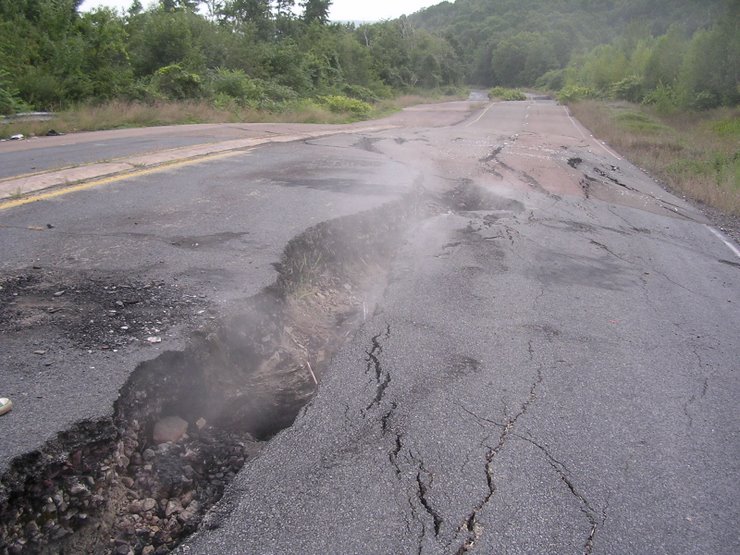I recently had a seminar presentation which took a good chunk of time away from lab work. When I came back, a number of my flasks had crystals growing. Here's a few:

(S)-3-imidazol-1-yl-2,2'-methoxy-1,1'-bisnaphthyl

(S)-3-hydroxyborane-2,2'-methoxy-1,1'-bisnaphthyl
Finally, I've been saving the aqueous washes from all my reactions with methyl iodide. The clear solution of water turns darker and darker of a few days as iodide is oxidized to elemental iodine. Iodine has captured my heart over the past months. It has this
ROYAL PURPLE color in non-polar solvents and this
ugly brown color in water. I intentionally have been letting the aqueous extracts sit around so I can grow iodine crystals- which look pretty metallic- oh periodic trends.







